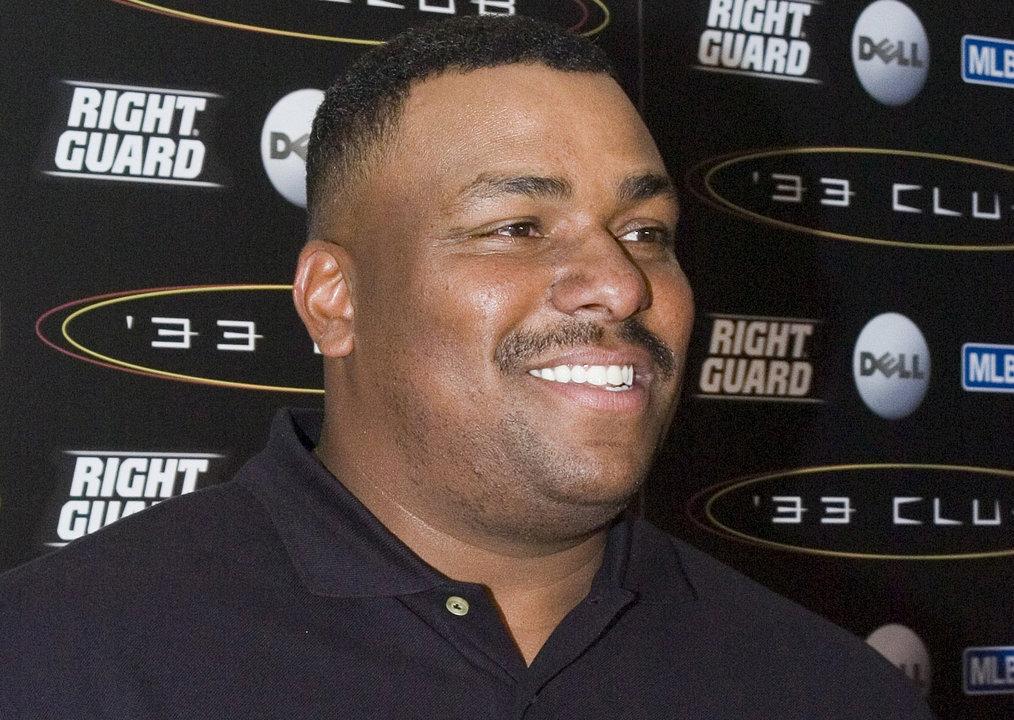All-Star outfielder Bobby Bonilla was once the highest paid player in baseball when the Mets signed him to a five-year, $29 million contract all the way back in 1991.
Now, nearly 14 years since he last played, Bonilla is the highest paid ex-player on any team’s payroll.
That’s because every July 1st from 2011 to 2035—when Bonilla will be 72—the Mets make a $1,193,248.20 deposit to his account as part of a wisely negotiated buyout (by Bonilla) of the final year of his contract. Only it wasn’t from his original mammoth contract that he got this buyout.





